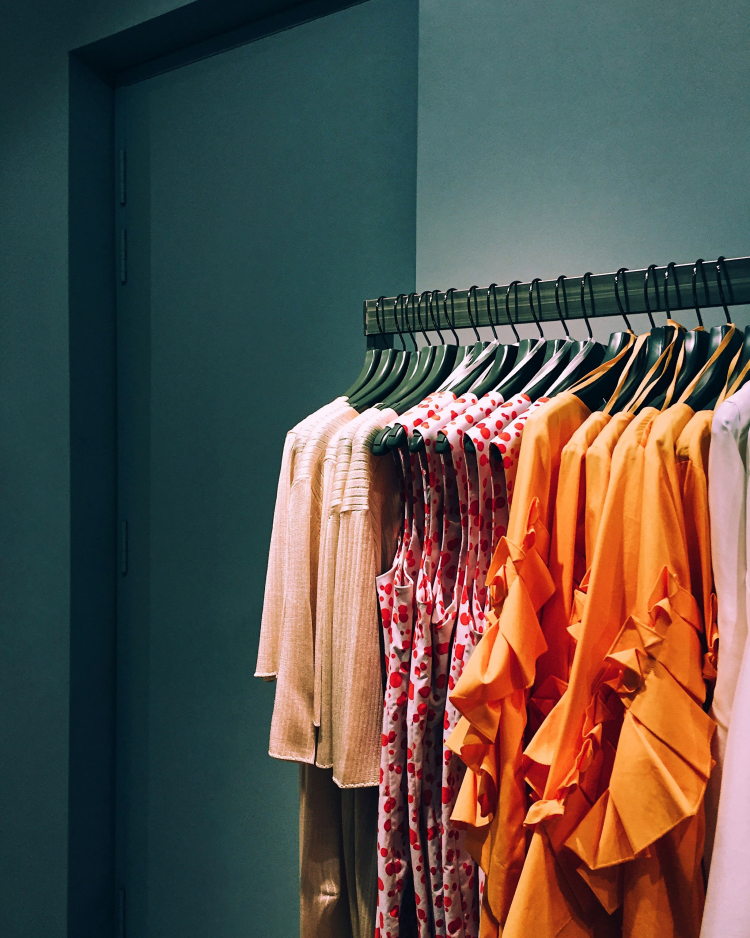The Faces of Fast Fashion

One look at the couture runways of Paris, New York, London and Milan during fashion week and one truth exists: fashion is a glamorous industry. Designers work from season to season to produce the most divine concoctions they dream will be coveted by stylish fashionistas and televised on the world stage, everywhere from red carpets to philanthropic benefits.
While the anticipation of the draw-dropping creations to hit the catwalk is one of the most fascinating aspects of fashion, the reality of fast fashion is the counter-opposite. Much to the dismay of talented designers who construct one-of-a-kind masterpieces, numerous fashion retailers are eagerly racing to produce inexpensive duplicates at a fraction of the cost.
While this may entice budget-conscious consumers, there are a host of harmful issues at play.
Fast fashion is all the rage for style icons eyeing the latest trends. Yet, the faces behind the production of look-alike designer goods are rarely seen or heard, if at all.
They are some of the world's lowest-paid workers, most of whom are women. They work laboriously for multiple hours per day and minimal pay, often in dangerous and inhumane conditions and under unreasonable demands to produce goods at lightning speed.
In 2017, Microfinance Opportunities (MFO), Fashion Revolution and C&A Foundation conducted a "worker diaries" research study. Over the course of 12 months, researchers visited 540 female garment workers in Bangladesh, Cambodia and India (180 per country) at their homes to inquire about their living and working conditions.
The reports, released in February, revealed Bangladeshi women worked 60 hours per week and earned an hourly rate of 28 taka ($0.33/€0.29), earning 64 percent less than the hourly minimum wage. Further, the more hours they worked the less they were paid. Outside of the workplace, men controlled the earnings lending them to rent and food, with rare, if any, allowances for quality of life.
The Cambodian women, at 48 hours per week, earned an hourly rate of 3,500 riels ($0.87/€0.77). Although they requested overtime hours, they were not paid the legal wage for the work produced. The insufficient wages received often resulted in basic needs including access to quality food and healthcare being limited.
The women of India (southwest of Bangalore) worked roughly 46 hours per week and earned the legal minimum wage of 39.68 rupees ($0.56/€0.49). In order to meet financial obligations, they often relied on their husbands for supplementary income. With further regard to the workplace, they reported that they frequently endured verbal abuse by their supervisors.
Not only are female garment workers experiencing verbal abuse, but they are also subjected to physical and sexual abuse. Many cases go unreported, as the women are reluctant to detail the abuse out of fear of retaliation. It is inconceivable to not only be paid miniscule wages, but to suffer abuse of any sort.
Gender-based violence has no place in a workplace, nor in any other capacity.
During a European Parliament session in February, living wages were a highly addressed topic of discussion. The Circle, a registered NGO, presented their initiative "Fashion Focus: The Fundamental Right to a Living Wage" and panel discussion with a group of experts including MFO's Executive Director, Guy Stuart. Founded by singer and songwriter Annie Lennox, The Circle aims to "challenge and change the injustices faced by women and girls across the globe."
According to the World Bank, in Bangladesh, approximately 80% of garment workers are women. In 2011, in an effort to economically empower the destitute women of the north western districts, The Northern Areas Reduction of Poverty Initiative (NARI) facilitated access to a ready-made garment center in Dhaka, Ishwardi and Chittagong.
The pilot program, extended to women between the ages of 18-26, provides a safe environment in which women can learn, grow, receive hands-on training and support one another. The projected results of the pilot phase include approximately 10,800 women gaining formal employment by December 31, 2018.
Programs including Fashion Revolution, Solidarity Center, C&A Foundation are also creating change by lending technical, financial and legal resources, as well as adhering to the principles of gender justice.
What can we as a global culture do?
Be mindful of the women (and girls) who are forced to mass produce garments in extreme conditions and at extraordinary costs including verbal, physical and sexual abuse, all for the retailers and consumers of fast fashion. Stand up for human rights.
Image Credit: Unsplash/Pham Yen
This year marks the 70th Anniversary of the Universal Declaration of Human Rights which states "All humans are born free and equal in human rights" (Article 1).
Today, on Human Rights Day, I dedicate this piece to the brave women and girls of the world who are enduring abuse, harsh working and living conditions and seeking to be heard, seen and afforded the inalienable rights to which they were born.
If we are to improve the lives of female garment workers, effecting change is not simply an option; it is a necessary tool. Policy and program changes are needed. Women's empowerment must be a committed and realized goal for the garment industry.
For the physical and emotional price these courageous women are paying, the cost is far too high.








